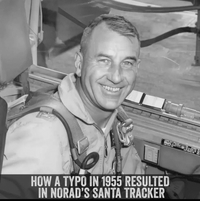View attachment 65675
The Ancient Roman aqueduct in modern-day Turkey, dating back thousands of years, is a testament to the incredible engineering and architectural skills of the Roman Empire. These aqueducts were designed to transport fresh water to densely populated areas, and they were a significant improvement over the earlier structures built by civilizations in Egypt and India. The Roman aqueducts were constructed over a period of 500 years, from 312 BC to AD 226, and were funded by both public and private sources. Some of the most famous Roman rulers, such as Augustus, Caligula, and Trajan, commissioned the construction of these aqueducts.
The aqueducts were made up of pipes, tunnels, canals, and bridges, which utilized the natural slope of the land and gravity to channel water from sources like lakes and springs to the cities. Once the water reached the cities, it was used for various purposes, including drinking, irrigation, public fountains, and baths. The capital city of Rome had as many as 11 aqueduct systems, some of which were sourced from as far as 92 km (57 miles) away.
Interestingly, some of these ancient Roman aqueducts are still functional and continue to provide modern-day Rome with water. For example, the Aqua Virgo, an aqueduct built by Agrippa in 19 BC during the reign of Augustus, supplies water to the iconic Trevi Fountain in the heart of Rome. This remarkable feat of engineering demonstrates the enduring legacy of the Roman Empire and its impact on the development of modern infrastructure.




